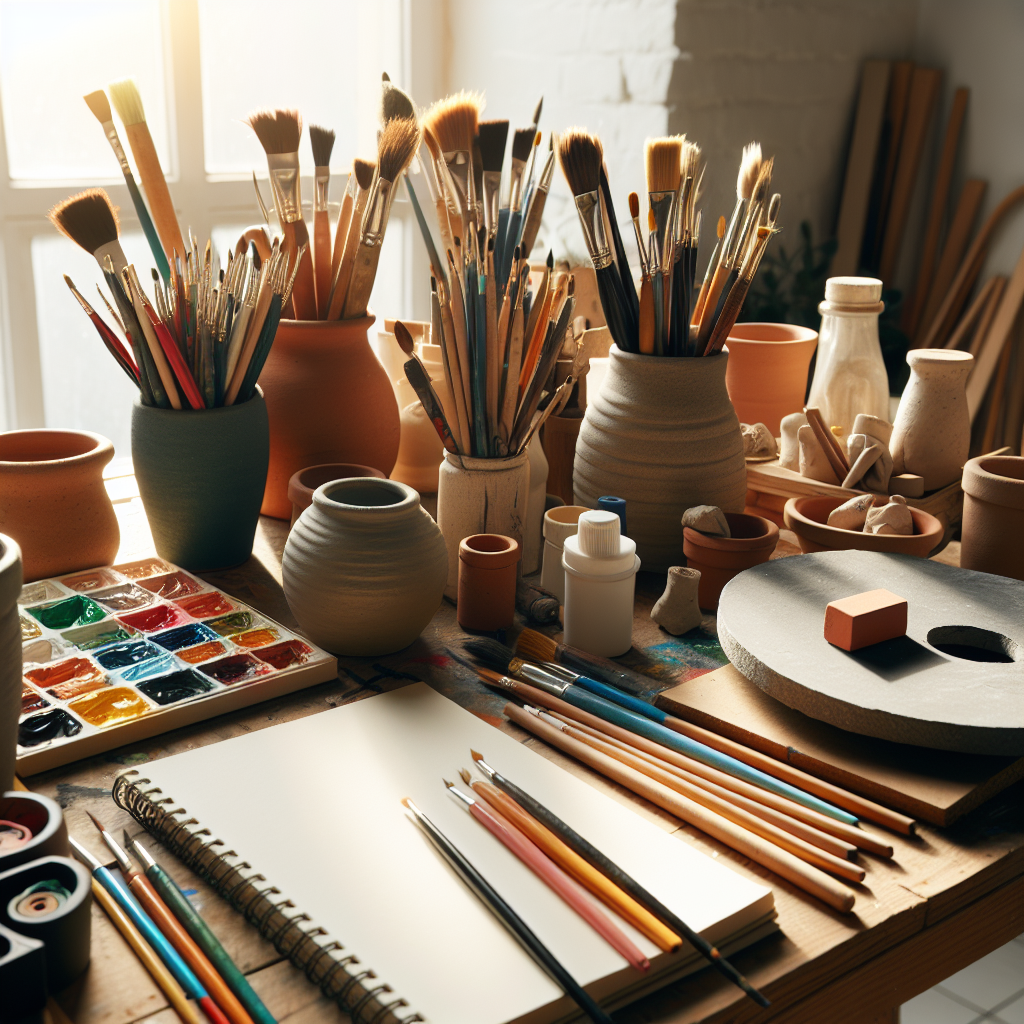Art therapy, a form of psychotherapy that uses art media as its primary mode of communication, has been gaining traction as a potent tool for improving neurological health. This creative therapeutic approach is not merely about the end product—it’s the process of creating art that offers healing and self-discovery. In this comprehensive exploration, we’ll delve into how art therapy influences brain health, its benefits, and its role alongside conventional treatments.
The Brain-Art Connection
At the heart of art therapy lies the interplay between cognitive processes and creative expression. Engaging in art-making stimulates the brain, invoking responses that can lead to improvements in cognitive abilities, emotional resilience, and even motor skills. This stimulation is particularly beneficial for individuals dealing with neurological conditions or cognitive impairments.
Art therapy requires the brain to use its neuroplasticity—its ability to reorganize itself by forming new neural connections throughout life. This characteristic is crucial for recovery from brain injuries and adapting to neurological conditions. For more on the connection between creativity and brain health, visit our detailed guide on Brain Health.
Therapeutic Benefits of Art Therapy
Cognitive Improvement
Art therapy can improve cognitive function by reinforcing neural pathways associated with creativity and sensory processing. For individuals with neurodegenerative diseases, such as Alzheimer’s or Parkinson’s, art therapy has been shown to help maintain cognitive function and even regain lost abilities.
Emotional Well-being
Creating art provides an outlet for expressing emotions that may be difficult to articulate verbally. This expression can be especially therapeutic for those with mental health issues or neurological disorders, offering a sense of relief and a way to process complex feelings.
Stress Reduction
The act of creating art can be meditative and relaxing, which helps reduce stress. This is particularly relevant for individuals with long-term stress, which can have a detrimental effect on neurological health. For strategies on managing stress, consider reading about Mental Wellness Strategies for Managing Long-Term Stress.
Art Therapy in Practice
Working with Professional Therapists
Art therapy is typically guided by professional art therapists who are trained to understand the psychological and therapeutic implications of different art forms and techniques. They tailor activities to the needs of the individual, ensuring a safe and supportive environment for self-expression and personal growth.
Diverse Techniques
Art therapy can encompass a range of activities, including drawing, painting, sculpting, and collage. Each modality offers different benefits and can be adapted to suit the individual’s preferences and therapeutic goals.
Group and Individual Sessions
Art therapy can be conducted in group or individual settings. Group sessions provide a sense of community and support, while individual therapy allows for personalized attention and a deeper exploration of personal issues.
Integrating Art Therapy with Other Treatments
Art therapy is frequently used in conjunction with other forms of therapy, such as cognitive-behavioral therapy or medication. It can enhance the effectiveness of these treatments by providing a non-verbal avenue for exploration and expression.
For those interested in other complementary therapies, explore the benefits of Exploring the Neuroprotective Effects of Green Tea and The Impact of Music Therapy on Neurological Disorders.
Research and Evidence
Several studies have underscored the efficacy of art therapy in improving neurological health. A notable study published in the Journal of the American Art Therapy Association found that just 45 minutes of creative activity significantly lowered levels of the stress hormone cortisol.
While research continues to expand our understanding of art therapy’s impact, anecdotal evidence from patients and therapists alike points to its profound benefits.
External Resources
For those seeking more in-depth research and evidence on art therapy’s benefits, the following resources may be of interest:
- The American Art Therapy Association offers resources and research findings on the therapeutic effects of art. American Art Therapy Association.
- The International Journal of Art Therapy provides access to a range of studies and articles on the clinical practice of art therapy. International Journal of Art Therapy.
Implementing Art Therapy
Accessibility
Art therapy is accessible to people of all ages and abilities. No artistic talent is required to benefit from art therapy—it’s the process, not the product, that matters.
In Various Settings
Art therapy can be found in a variety of settings, including hospitals, rehabilitation centers, schools, and private practices.
At Home
Engaging in art activities at home can also serve as a form of self-guided art therapy, fostering relaxation and well-being.
Conclusion
Art therapy emerges as a holistic approach that nurtures the mind, body, and spirit. By tapping into the creative process, individuals can unlock emotional expression, cognitive development, and stress relief, contributing to an enhanced quality of life. As we continue to recognize the significance of mental health and its correlation with neurological conditions, art therapy stands as a testament to the healing power of creativity.



